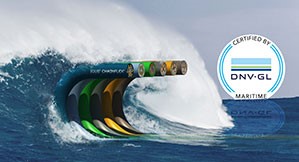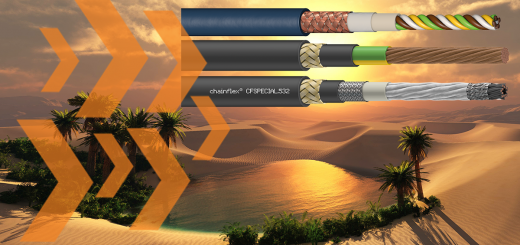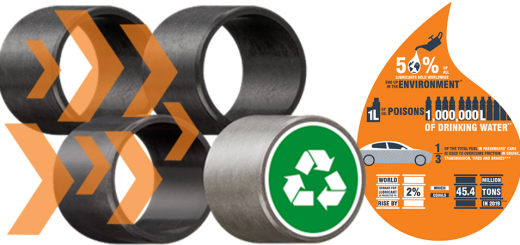3D Printing FDM vs Resin
Which one is right for you?
3D printing has revolutionized the way we prototype, create, and manufacture. Among the most popular consumer-level 3D printing technologies are Fused Deposition Modelling (FDM) and resin-based printing (commonly SLA or MSLA). While both can produce impressive results, they serve different needs and come with unique pros and cons. If you’re trying to decide between FDM and resin printing, this post is designed to help you make an informed choice.
What is FDM 3D printing?
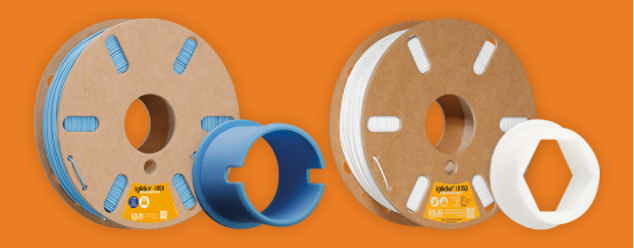
FDM (Fused Deposition Modelling) works by extruding melted thermoplastic filament layer by layer to build an object. It’s the most common and accessible form of 3D printing.
Pros:
- Affordable: Both printers and filament are generally cheaper.
- Easy to use: Great for beginners and hobbyists.
- Durable prints: Ideal for functional parts and mechanical prototypes.
- Wide material variety: PLA, ABS, PETG, TPU, and more.
Cons:
- Lower resolution: Visible layer lines and less detail.
- Post-processing: May require sanding or smoothing.
- Warping issues: Especially with certain materials like ABS.
What is resin 3D printing?
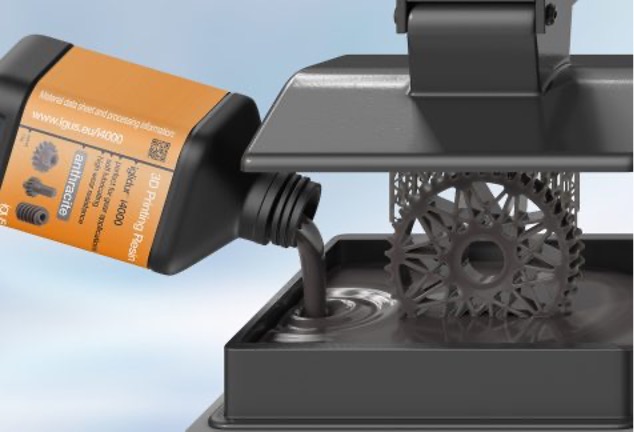
Resin printing (SLA, DLP, or MSLA) uses light to cure liquid resin layer by layer. It’s known for its high precision and smooth surface finish.
Pros:
- High detail: Excellent for miniatures, jewellery, and dental models.
- Smooth surfaces: Minimal layer lines.
- High tolerances: igus offer exceptional levels of accuracy
- Complex geometries: Handles intricate designs better.
Cons:
- Messy & toxic: Resin handling requires gloves, masks, and ventilation.
- More expensive: Resin and consumables can add up.
- Post-processing: Requires washing and UV curing.
- Brittle prints: Less durable than FDM parts.
Precision matters
When it comes to industrial applications, precision is key. At igus we offer both FDM and SLS 3D printing services with tight tolerances ideal for engineering-grade components.
igus tolerances:
- FDM Parts: ±0.2 mm for edge lengths up to 50 mm
- SLS Parts: ±0.1 mm for edge lengths up to 50 mm
This level of accuracy makes us a reliable partner for producing functional prototypes, custom machine parts, and wear-resistant components. We can ensure that even complex geometries meet the demands of real-world applications.
FDM vs Resin: Quick comparison
| Feature | FDM Printing | Resin Printing |
| Cost | Lower | Higher |
| Ease of Use | Beginner-friendly | Requires safety precautions |
| Print Quality | Moderate | High |
| Speed | Faster for large prints | Slower, especially post-processing |
| Durability | Stronger, more flexible | Brittle, less impact-resistant |
| Best For | Prototypes, functional parts | Miniatures, detailed models |

Making the right decision
- Go with FDM if you’re a beginner, need functional parts, or want a budget-friendly option.
- Choose resin if you need high-detail models, work in design or dentistry, or are printing miniatures.
- Consider igus if you need industrial-grade precision and performance from your 3D printed parts.
We can offer free sample test filaments for you to experience the product firsthand. Reach out to us at 1-800-965-2496 or via live chat at www.igus.ca.

